LITERACY PROCESS
Literacy is an issue that worries many parents, especially in the last year of Early Childhood Education.
There are many factors that intervene in this process … and a fundamental one is the child’s predisposition, in which the family, school and cognitive abilities have a great influence.
The empirical evidence tells us that reading performance has a positive relationship with family participation in activities related to reading and writing (Séchénal, Thomas & Daley, 1998).
The example is the best ally, if a child sees that his parents have the habit of reading a book before going to sleep and they tell him stories, he will surely feel an interest in reading. In addition, genetics also acquires a primary role, children of parents with specific reading disorders (dyslexia) have a higher percentage of presenting reading difficulties.
From the family, we must set an example, listen, share, propose and not impose, accompany, be constant, respect the child’s tastes and their evolution, stimulate and encourage …
School is another important factor and those that use active methodologies based on meaningful learning tend to have very good results. Motivation is a fundamental part of reading learning and the school has an important role in promoting it in its students.
Finally, cognitive abilities take on a primary role. Skills such as working memory or verbal comprehension are basic for the acquisition of reading. Perceptual ability is equally important (visual discrimination, figure-ground discrimination, visual sequencing, visual-motor processing, visuospatial organization, visual closure capacity). Significant difficulties and learning disorders influence a child’s performance and motivation toward reading.
In addition, physiological factors (visual, hearing, sensorimotor problems) and emotional factors (such as self-efficacy and motivation) intervene in the process of learning to read and write.
Have you ever wondered what reading maturity is?
Reading maturity can be defined as the developmental moment in which the child is capable at a physiological level (the child must have the organs of the senses of hearing, sight and touch sufficiently mature); psychological (the child must previously develop basic psychological processes such as copying, imitation or curiosity about learning) and social (it is necessary for the child to learn social language first, to learn to read later) spontaneously initiating reading processes .
HOW TO DETERMINE WHEN A CHILD IS READY TO READ?
It is not about age, but about the brain maturation process of each child.
It is necessary to have a well-prepared brain structure to be able to start the process of learning to read and receive the appropriate stimuli to be able to integrate that learning.
- It is necessary for the child to have good gross motor skills, since if he does not know how to move in the wide movements, he will not know how to move in the fine movements of the visual tracking and to have good visual coordination, which will hinder the learning process of the reading.
- You must have a good emotional development and know how to manage your emotions well so as not to generate instability, blockage and resistance, especially when it comes to acquiring comprehensive reading.
- The speed of learning depends on the maturity of the child, on whether he has the capacities to be able to start the process of learning to read. And the requirements that the child needs to be able to start these processes are the following (Dr. Jordi Catalán):
-
- That he can move adequately, has good coordination of movements, is skillful in his movements (for example, he knows how to ride a bicycle, knows how to jump on the limp, stands on one foot, etc.), as this indicates that his motor coordination is ready to do it. These wide movements (gross motor skills) generate a first base in the brain and indicate that it is working properly.
- He must master movement control, if the child does not have sufficiently developed control of his movement, he will not be able to develop reading adequately.
- Not only have good visual acuity but also have a good visual organization (good saccades, good coordination of fine movement …), which allows you to follow the line you are reading without jumping or repetitions and thus be able to have a good organization of the visual system. If visual coordination is not good, the child will have difficulties in the process of learning to read.
- Have a rich vocabulary, be able to express mature enough ideas, events and communication processes. Children with language difficulties will present difficulties in coping with reading learning.
- Having the ability to listen, the child must be able to listen to himself.
- Have a well-defined laterality and a good spatial orientation. Laterality is a maturation process that gives order to the brain.
- Another fundamental aspect is motivation, reading cannot be introduced by a pressure process, it is necessary to ensure that the child is motivated, that he has desire and that he has desires …
Due to all this, some risk groups could be established that may present difficulties in the learning of literacy, such as children adopted when they were older (since they may not have a good psychomotor base, good communication, or language development …); large premature infants (since during the first months they have not been able to develop the same maturation process as the child who is born at term and in optimal conditions); children who have had visual problems (strabismus, lazy eyes …) or hearing (recurrent otitis, drainage …), since the input of visual or auditory information has been distorted for a time and they do not have the same basis as another child without these difficulties ; children with laterality problems (undefined or poorly organized laterality); children with attention deficit, hyperactivity, dyslexia (in these cases the first thing to rule out is that there are no structural or developmental problems).
GOOD READING PRACTICES FROM 3 TO 6 YEARS OLD
At this stage is when reading begins, so it has a relevant role to motivate and encourage their interest in it.
Some good practices at these ages are:
- Tell them stories every day and encourage them to tell you through the images. In this way, their critical thinking and memory are also enhanced.
- Incite their curiosity for reading from everyday situations such as recognizing the letters we see on the street, in the supermarket, etc.
- Encourage their language through their verbal expression, vocabulary, knowledge, etc. It is highly recommended to talk about what happened during the day, what they liked the most, what they would like to have been able to change, etc. or any other topic that arises from the interest of the child. Let him express himself freely and ask all kinds of questions.
- Foster their curiosity. Read stories without an ending and invite them to finish the story, change the endings of the stories, play “what if …” eliminating or including characters or modifying an event (for example “what if Little Red Riding Hood had gone with her mother? to see his grandmother? “,” What would happen if the wolf had eaten everything that Little Red Riding Hood carried in the basket for his grandmother? “, etc.).
- Play with riddles, word games, tongue twisters, poetry, “I see, I see”, lost syllables, chained words …
- Connect what they read with what happens in their daily life (read with them recipes, menus, to help you make the shopping list, etc.).
- From 2 to 7 years it is very important to work on phonological awareness, since it is one of the first skills that a child must acquire to be able to read and write. In the following link I share a sample of some activities to work on phonological awareness.
Remember that the most important thing in your children’s literacy learning is observing, respecting, accompanying, motivating, encouraging, enjoying shared reading and traveling together to magical worlds … and above all talking, talking a lot and about many things.
Silvia García López
Early Years Teacher
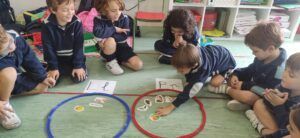

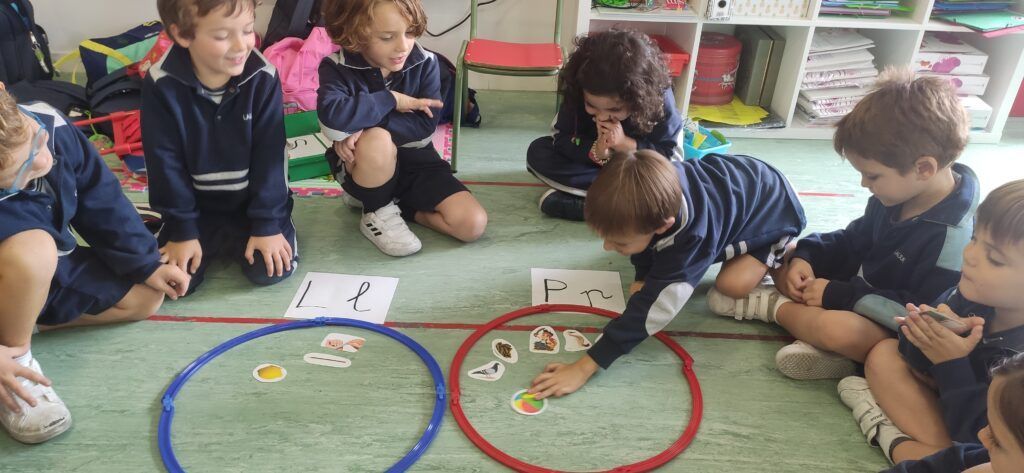
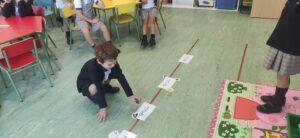





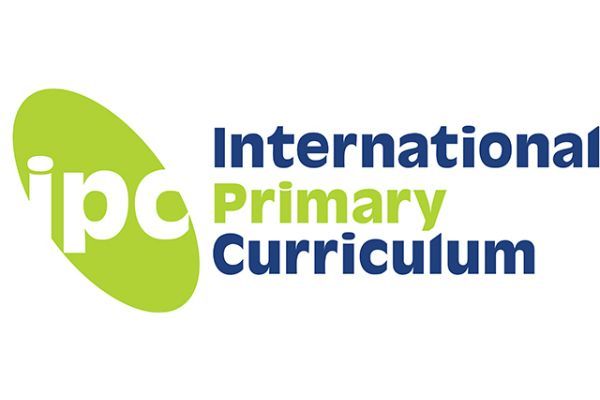





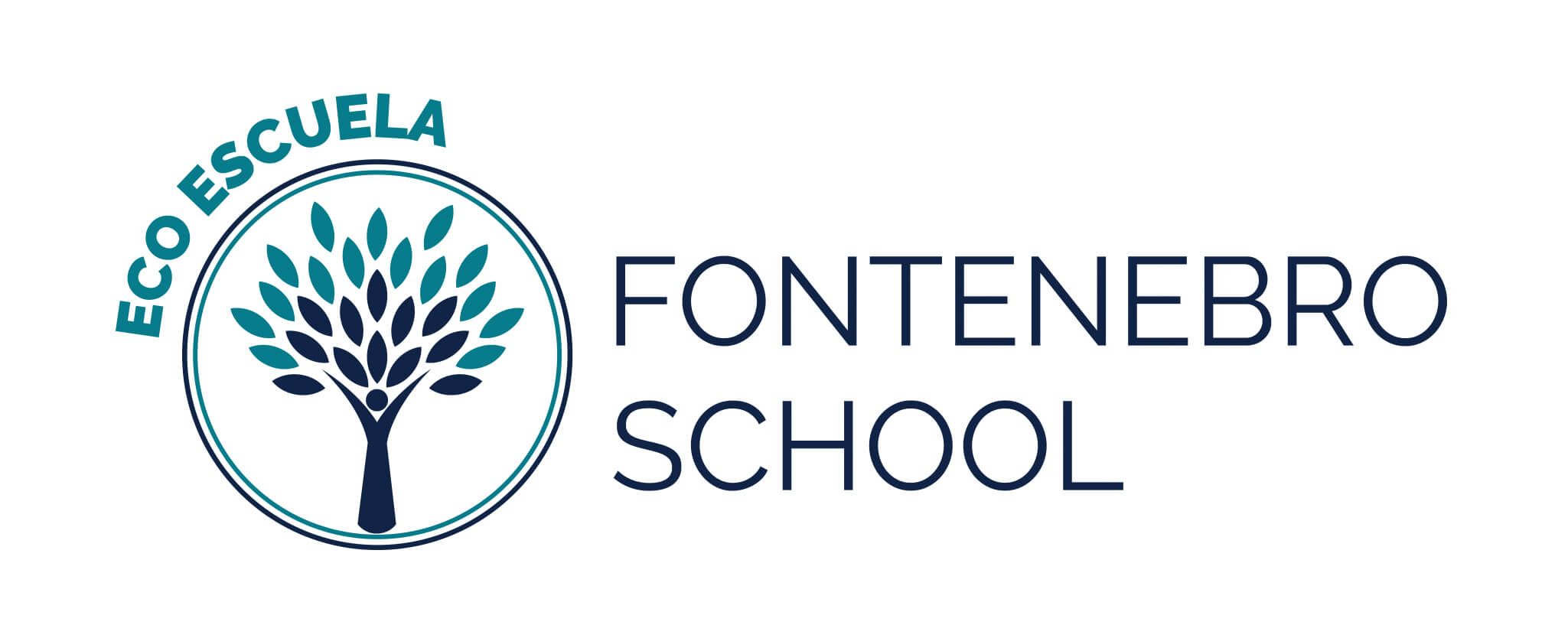
![BAPParentLogo[5]](https://fontenebroschool.com/wp-content/uploads/2020/09/BAPParentLogo5.png)


